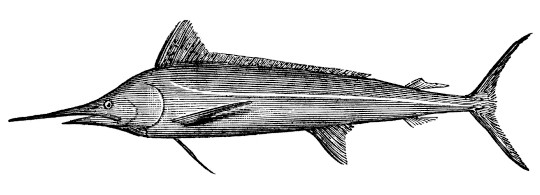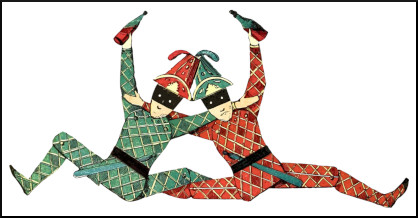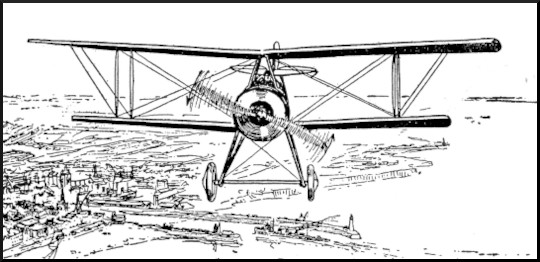Arthur C. Clarke? Tobias Dantzig? Robert Heinlein? Jerome Agel? Harold Faber? Apocryphal?
 Dear Quote Investigator: The science fiction luminary Arthur C. Clarke once said something like: the best way to find the limits of the possible is to go beyond them into the impossible. I have seen several different versions of this remark. Would you please help me to find the correct phrasing together with a citation?
Dear Quote Investigator: The science fiction luminary Arthur C. Clarke once said something like: the best way to find the limits of the possible is to go beyond them into the impossible. I have seen several different versions of this remark. Would you please help me to find the correct phrasing together with a citation?
Quote Investigator: Arthur C. Clarke published at least three different versions of this statement. The earliest match known to QI appeared in his 1962 book “Profiles of the Future” within chapter 2 called “Hazards of Prophecy: The Failure of Imagination”.
Clarke presented a table with two columns labeled “The Unexpected” and “The Expected”. The first column on the right listed unforeseen discoveries such as X-rays, transistors, superconductors, and relativity. The second column on the left listed notions that have been envisioned for hundreds or thousands of years such as flying machines, robots, immortality, invisibility, and telepathy. Boldface added to excerpts by QI:[1]1967 (First publication 1962), Profiles of the Future by Arthur C. Clarke, Chapter 2: Hazards of Prophecy: The Failure of Imagination, Quote Page 20 and 21, Bantam Books, New York. (Verified with … Continue reading
The right-hand list is deliberately provocative; it includes sheer fantasy as well as serious scientific speculation. But the only way of discovering the limits of the possible is to venture a little way past them into the impossible.
Previously, the Quote Investigator examined a thematically related adage: “It always seems impossible until it’s done”. The article about this adage is available here.
Below are selected citations in chronological order.
References
| ↑1 | 1967 (First publication 1962), Profiles of the Future by Arthur C. Clarke, Chapter 2: Hazards of Prophecy: The Failure of Imagination, Quote Page 20 and 21, Bantam Books, New York. (Verified with scans) |
|---|

 Dear Quote Investigator: Whenever I experience difficulty in a creative endeavor like writing or drawing I am reminded of the following expression:
Dear Quote Investigator: Whenever I experience difficulty in a creative endeavor like writing or drawing I am reminded of the following expression:
 Dear Quote Investigator: A family of statements highlights the valor of military forces. Here are two examples:
Dear Quote Investigator: A family of statements highlights the valor of military forces. Here are two examples: Dear Quote Investigator: To enjoy a full life one must be willing to embrace excitement, change, beauty, and risk. Metaphorically, one must enter the center ring of life’s circus and perform. The prominent U.S. poet E. E. Cummings (often styled e e cummings) has been credited with a pertinent passage:
Dear Quote Investigator: To enjoy a full life one must be willing to embrace excitement, change, beauty, and risk. Metaphorically, one must enter the center ring of life’s circus and perform. The prominent U.S. poet E. E. Cummings (often styled e e cummings) has been credited with a pertinent passage: Dear Quote Investigator: The prominent U.S. writer Ernest Hemingway once described a strategy to reduce drunken boasting. The inebriated person should wait until soberness returns and then perform the foolish boastful actions. Thus, one will quickly learn to keep one’s mouth shut. Is this genuine advice from Hemingway? Would you please help me to find a citation?
Dear Quote Investigator: The prominent U.S. writer Ernest Hemingway once described a strategy to reduce drunken boasting. The inebriated person should wait until soberness returns and then perform the foolish boastful actions. Thus, one will quickly learn to keep one’s mouth shut. Is this genuine advice from Hemingway? Would you please help me to find a citation? Dear Quote Investigator: Engaging in risky trades of financial instruments endangers one’s financial health. A Wall Street adage states:
Dear Quote Investigator: Engaging in risky trades of financial instruments endangers one’s financial health. A Wall Street adage states: Dear Quote Investigator: The adjective “bold” has positive connotations. Yet, some difficult and dangerous professions do not countenance the inherent riskiness of bold actions. Here is the template of a pertinent adage:
Dear Quote Investigator: The adjective “bold” has positive connotations. Yet, some difficult and dangerous professions do not countenance the inherent riskiness of bold actions. Here is the template of a pertinent adage: